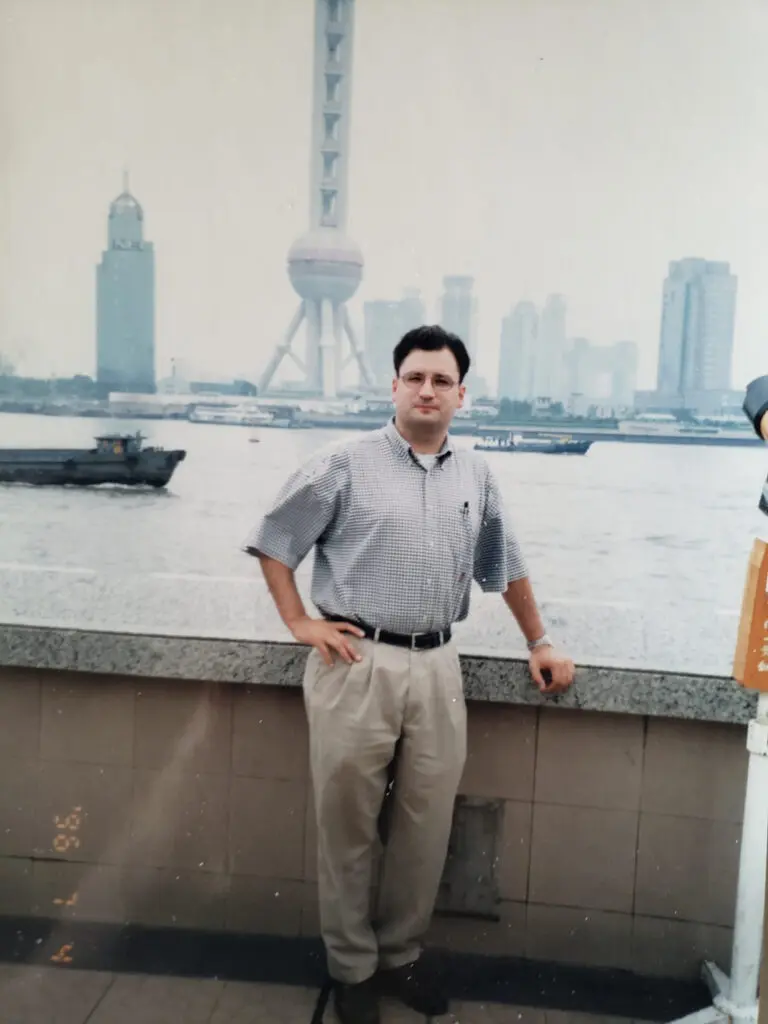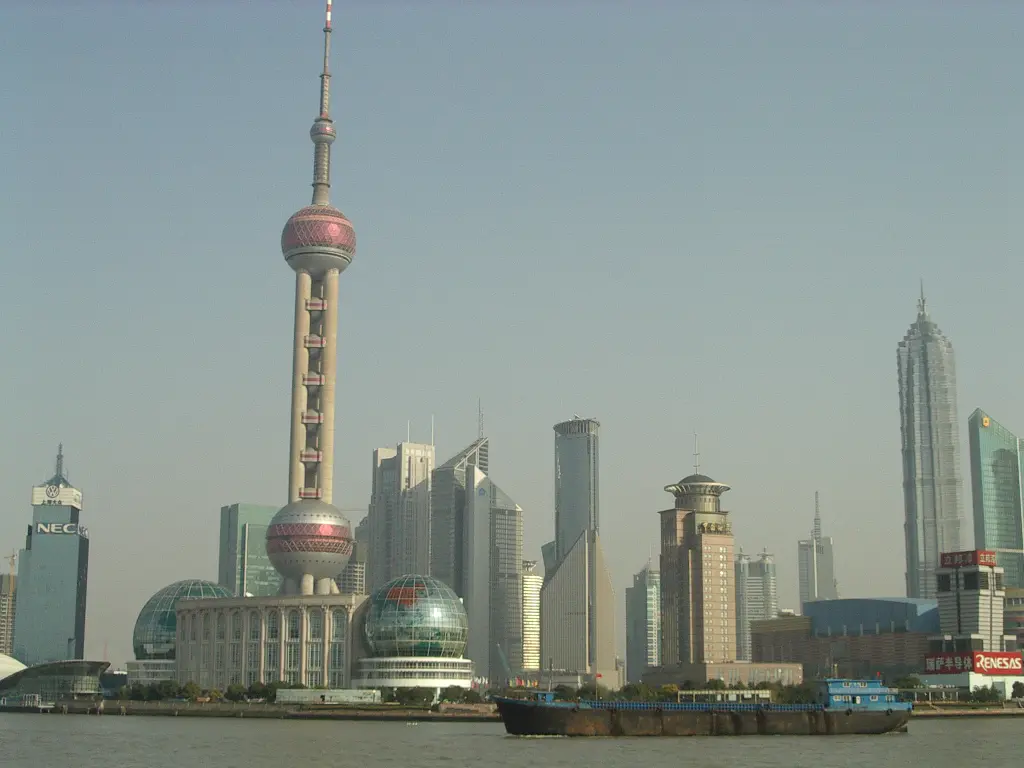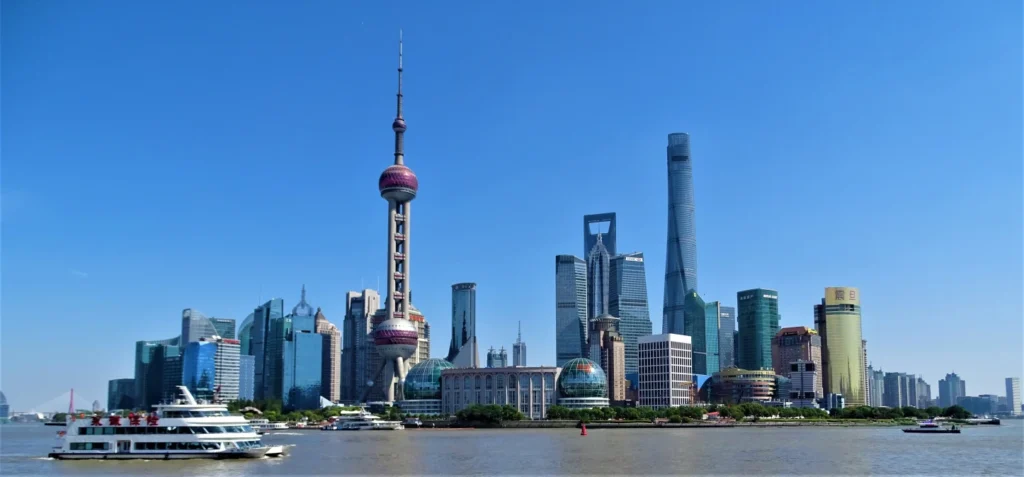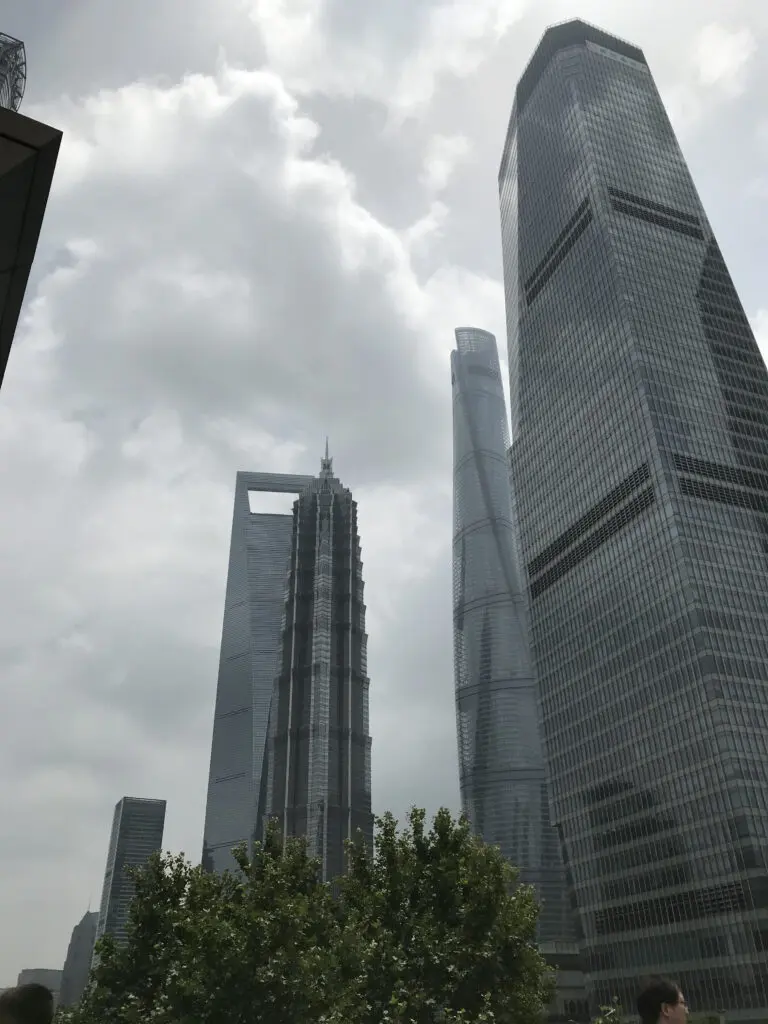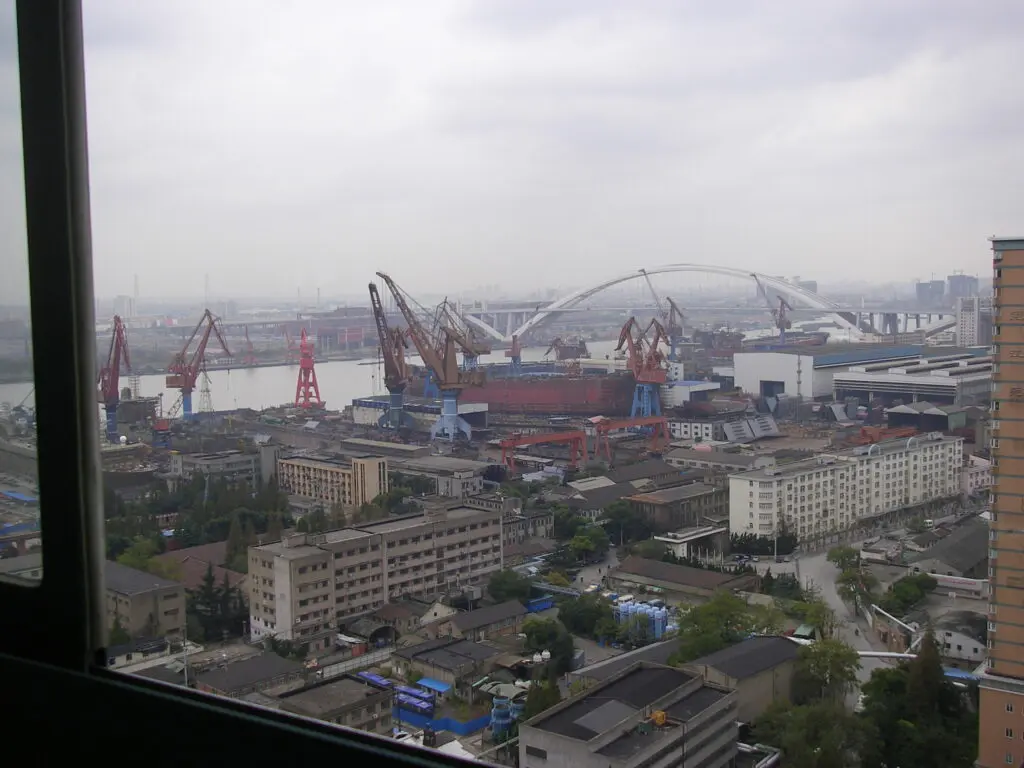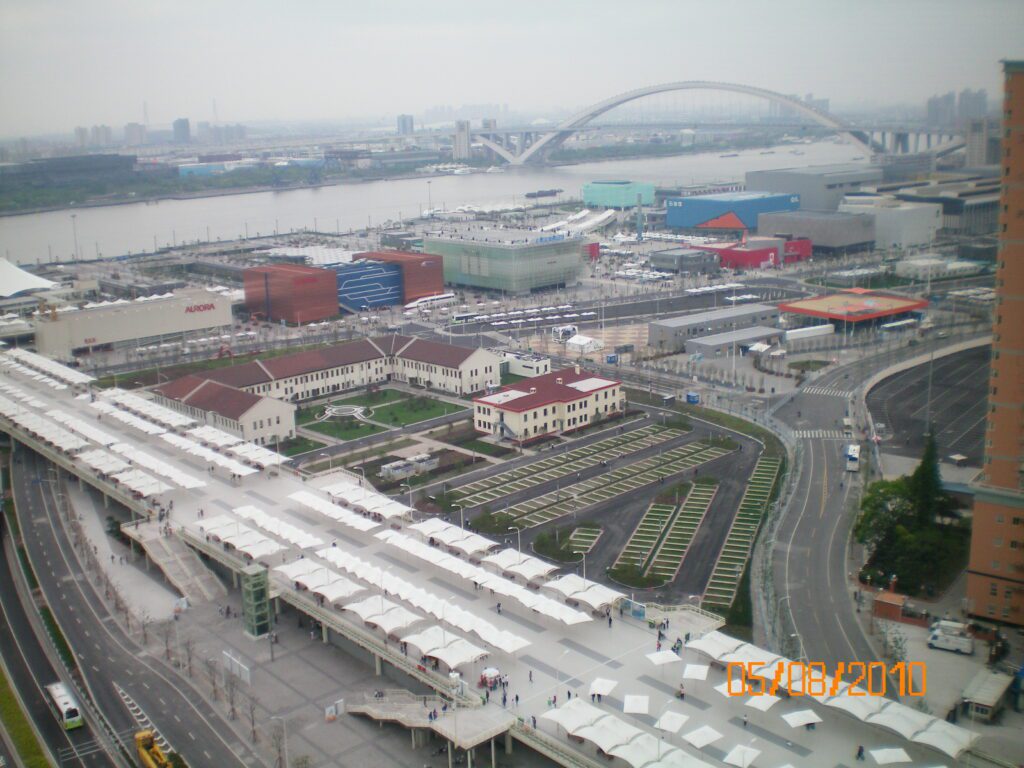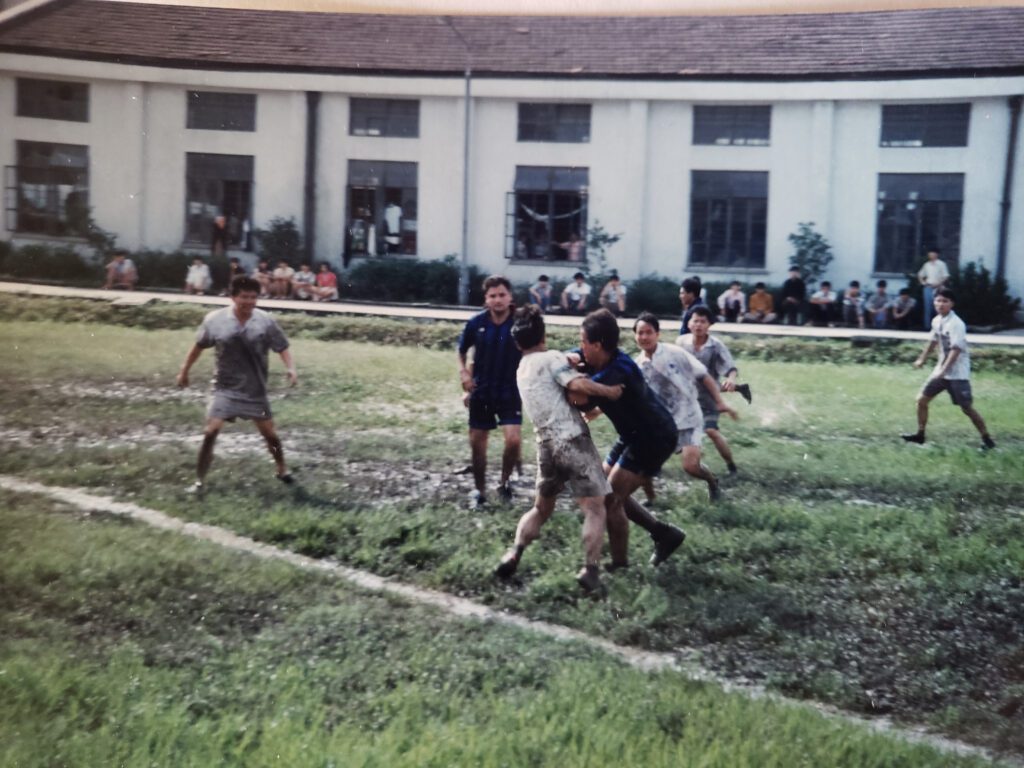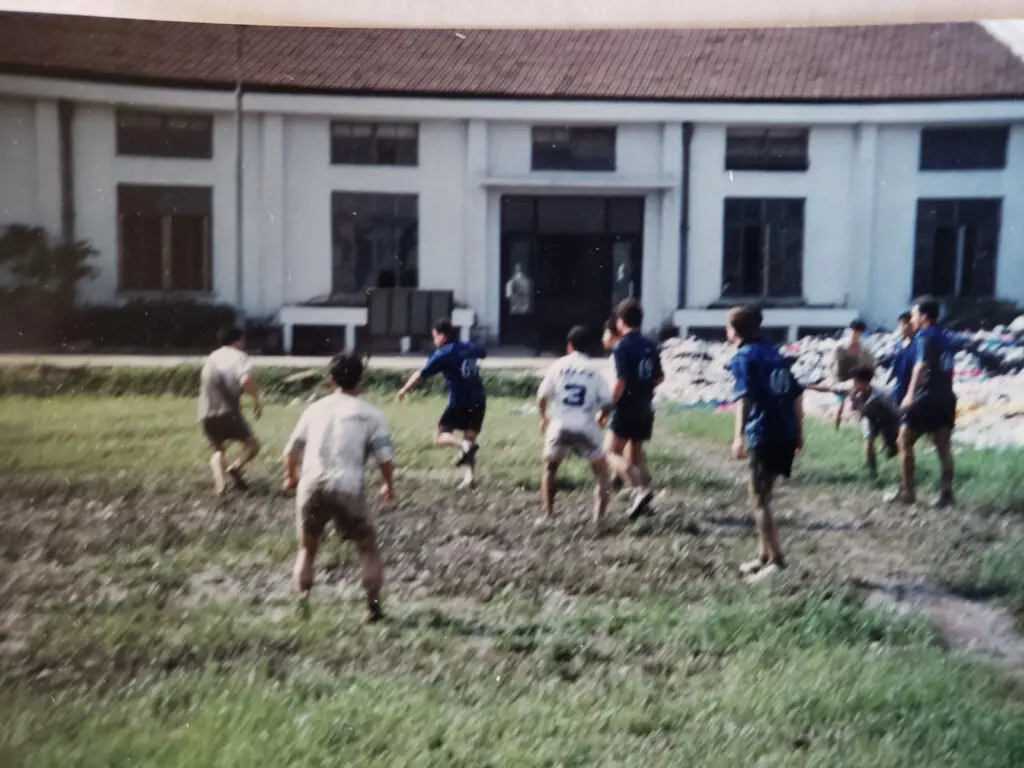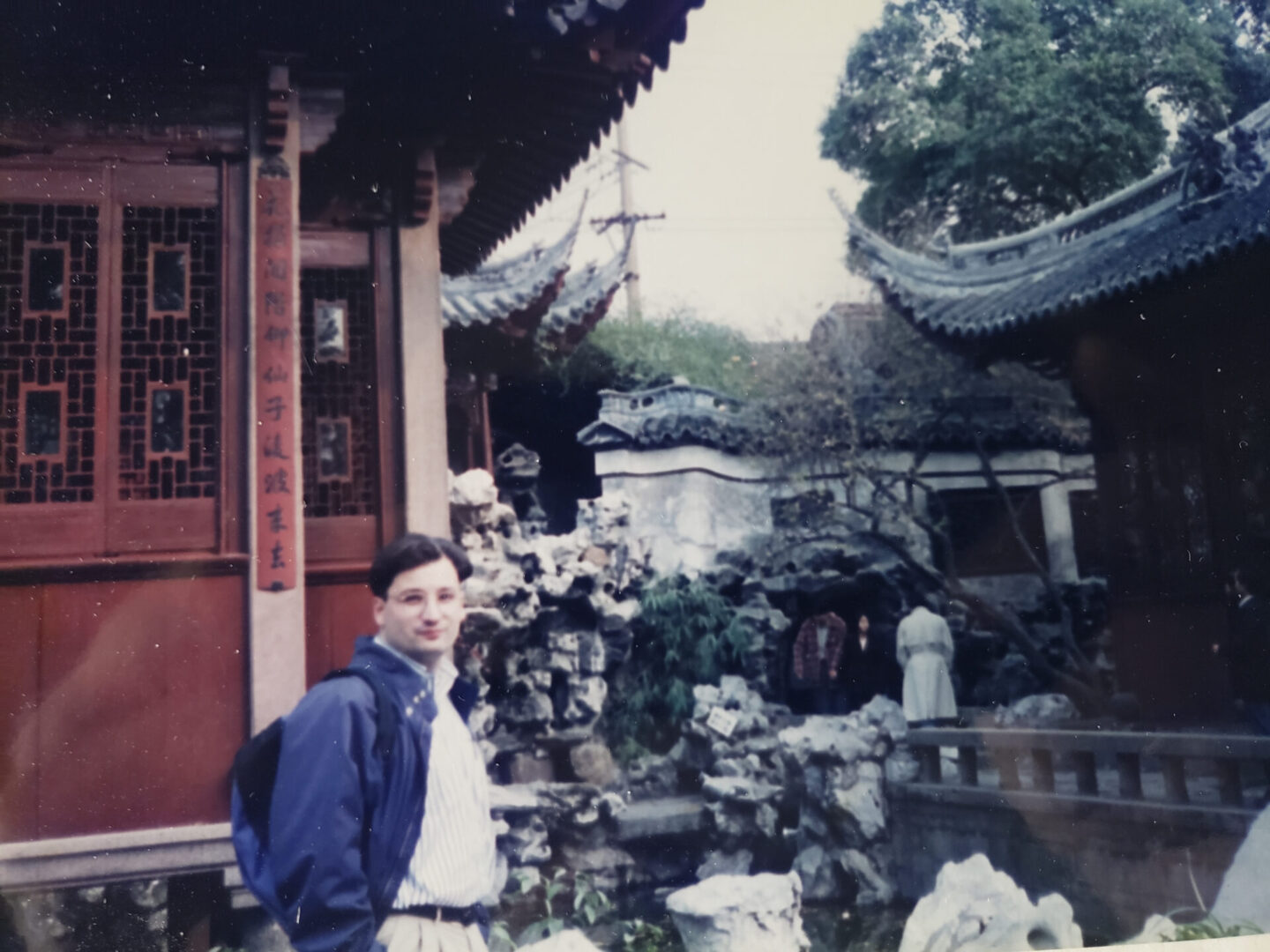
The Real Deal Part 5 Shanghai
I moved to Shanghai in May 1995. The change quickly enhanced my lifestyle and dining options. When I arrived, the massive campaign to modernize had begun, but not at the level of the 2000s. There were few foreign eating establishments, but that was about to change. The Puxi side (Bund) of the Huangpu River had most of the new venues, and I found no reason to travel to Pudong until the Grand Hyatt opened in the Jin Mao tower (spiked building on the right-hand corner of the second picture, 1,380’ tall). The Oriental Pearl TV Tower (with the pink balls and a height of 1,535’) opened a few months before I arrived and remained the tallest structure until the World Financial Tower (which looks like a bottle opener) opened in 2008. For the next few years, it became my go-to spot for drinks. In Feb. 2015, the tall, twisted building (Shanghai Tower, 2,073’) opened, but my days of uncontrolled whiskey and wine imbibing ended.
This is the view of the other side of the river (Puxi) called The Bund. Many of these previous banks are now restaurants and private clubs. The building with the crown is the Westin, famous for its over-the-top brunch. The ATM I visited a few times a week was in the building with the jade green top (The Peace Hotel).

Before I moved to the southern part of the Bund, I lived on the doorstep of the World Expo. Although the view was splendid, the air quality made it hard to see, and construction became inconvenient. During the 90s and 2000s, these tall buildings sprang up. With the population doubling, the city experienced vertical growth.
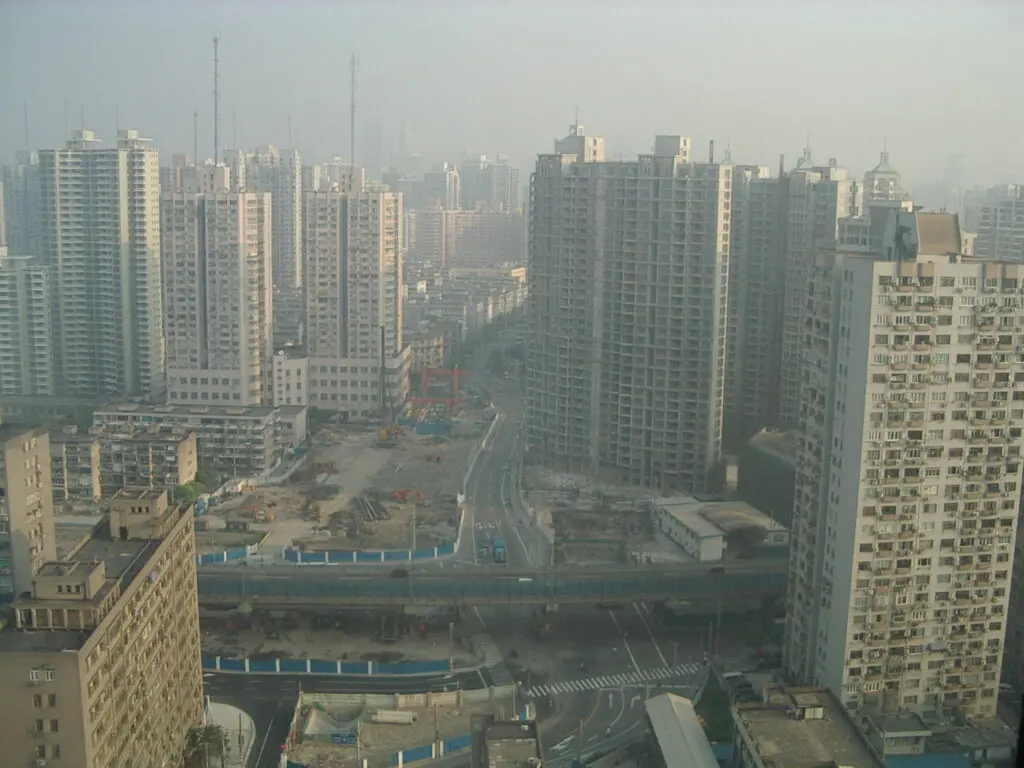
The government cleared the buildings on the other side of our flat to make room for the World Expo. Previously, a shipbuilding factory and an armory operated in the space.
When in town, I worked in a factory in Minhang district. In response to the overwhelming number of orders, the owner established a new workshop in Jiading and enlisted my help. On a Friday night, the boss took me out to conduct an audit. After the tour, I had a group meal with over sixty factory workers, all eager to “ganbei” with me. I got locked in and drank my way out. As individuals formed a line by the door, I sought refuge under a cloth napkin yet embraced the opportunity. Later, I found myself flat on my back when I slipped into the restroom. Luckily, I was wearing a shirt underneath.
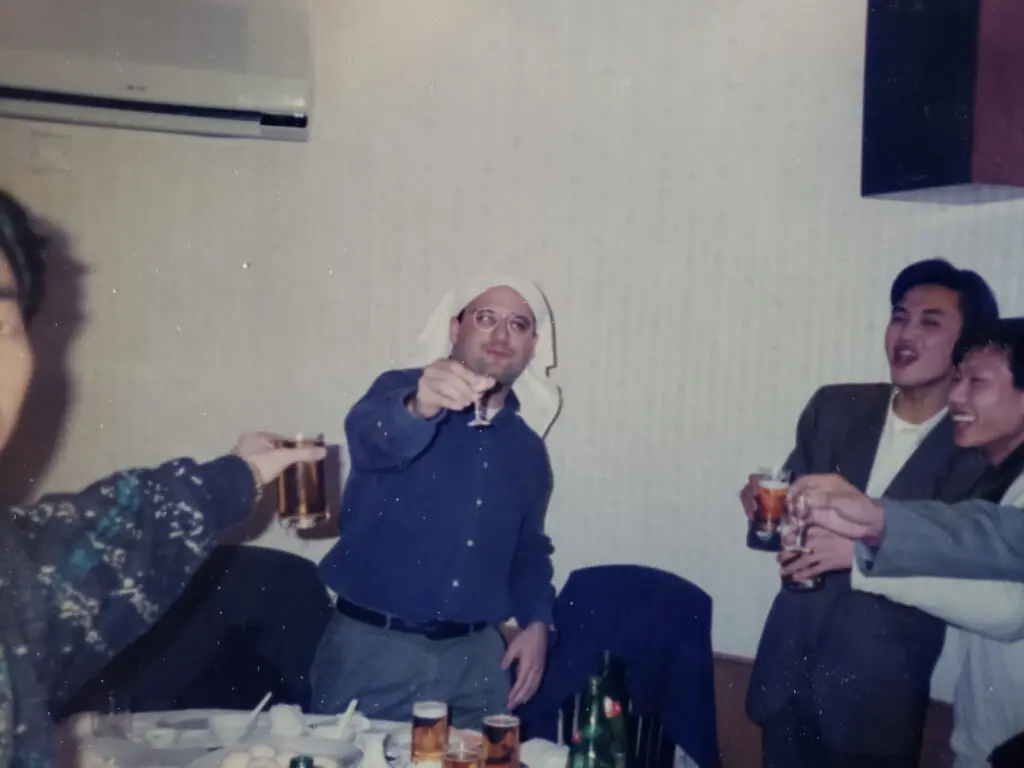
Of course, after heavy drinking, we went driving. Shanghai took go carting to an F1 level of seriousness.
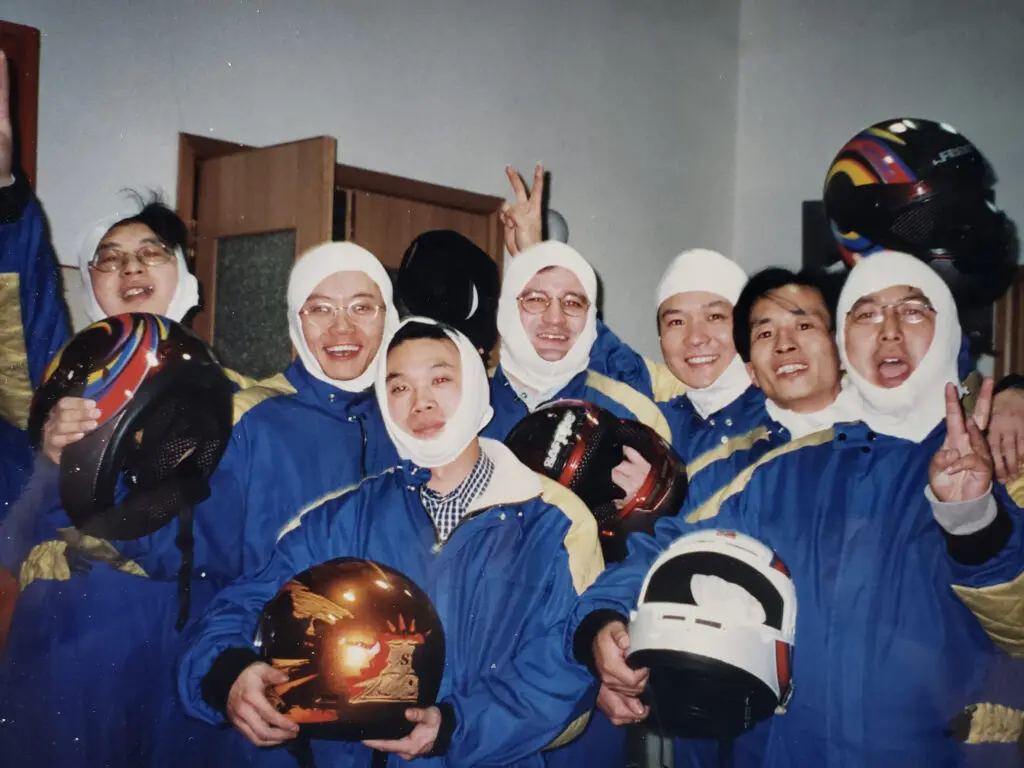
After a series of failures by the factory, they banished me, hoping people would ignore the problems. Unfortunately, that didn’t happen. Once we reconciled, I suggested playing a friendly soccer and American football match. The factory killed us in soccer, but we got revenge during tackle football, sending a few guys to the hospital. They never wanted to play again. We tried a second soccer match, but I invited a few of my British friends to win for us this time.
The night before the game, we hit the bottle a little hard, and one of our guys had an encounter with a glass window. We took him to the emergency room at 3 a.m. to get sewn up. Years later, when I suffered from health issues, getting treatment would not be this easy.
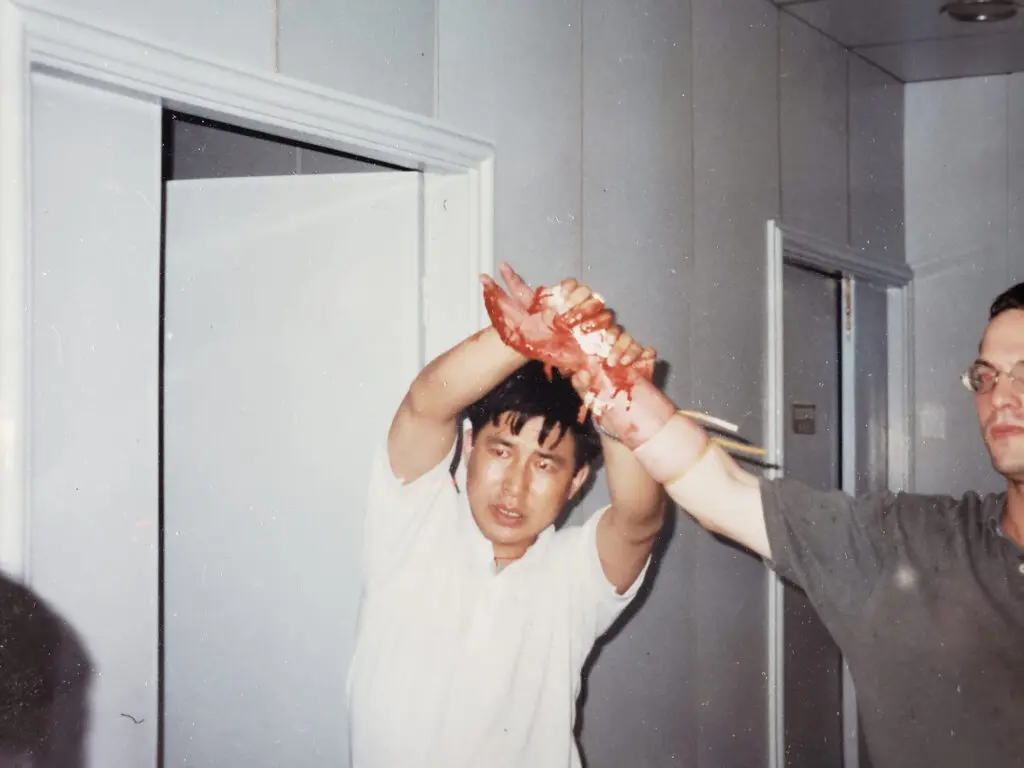
When I went out on my own, I hung out at my local watering hole, The Kiwi Bar. I sat behind the counter, playing music and drinking heavy-poured vodka sodas until closing. It became an excellent joint for some of the famous boozers in town.
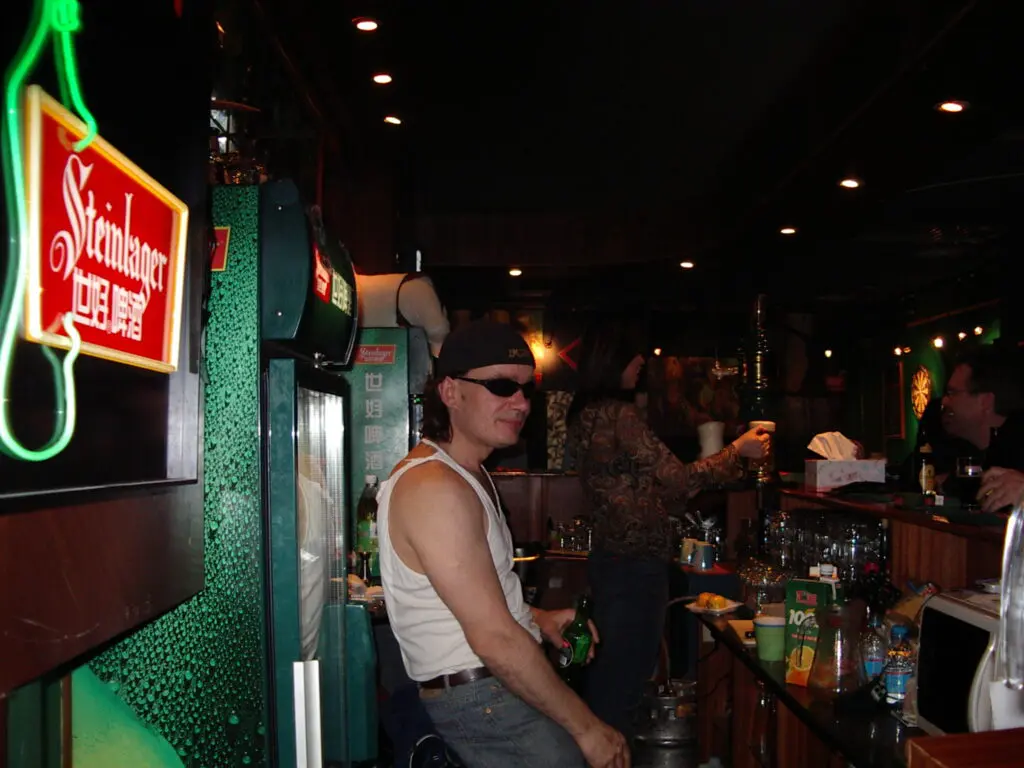
If I didn’t play tunes, I threw arrows. I got pretty good one year, but it was downhill from there.
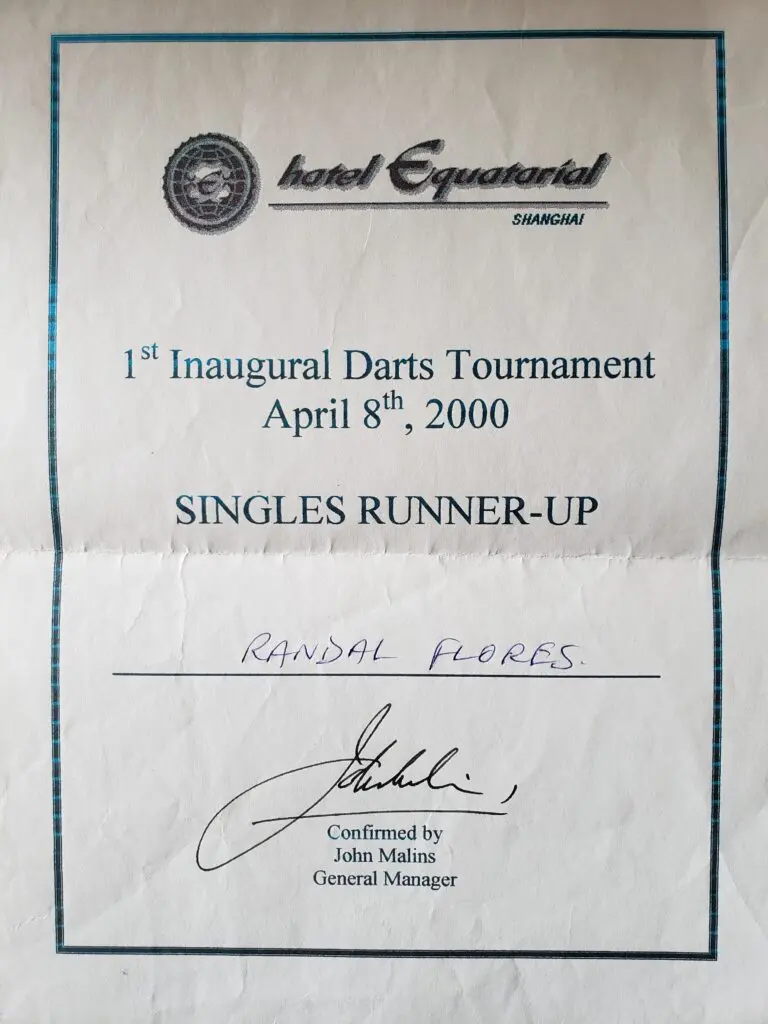

In the mid-2000s, I worked with several local Shanghai factories, including a guy with an expansive villa in the countryside. He had a boat, and we would get drunk and cruise the water channels. Unfortunately, he didn’t have a tape deck to blast my music down the waterways.

